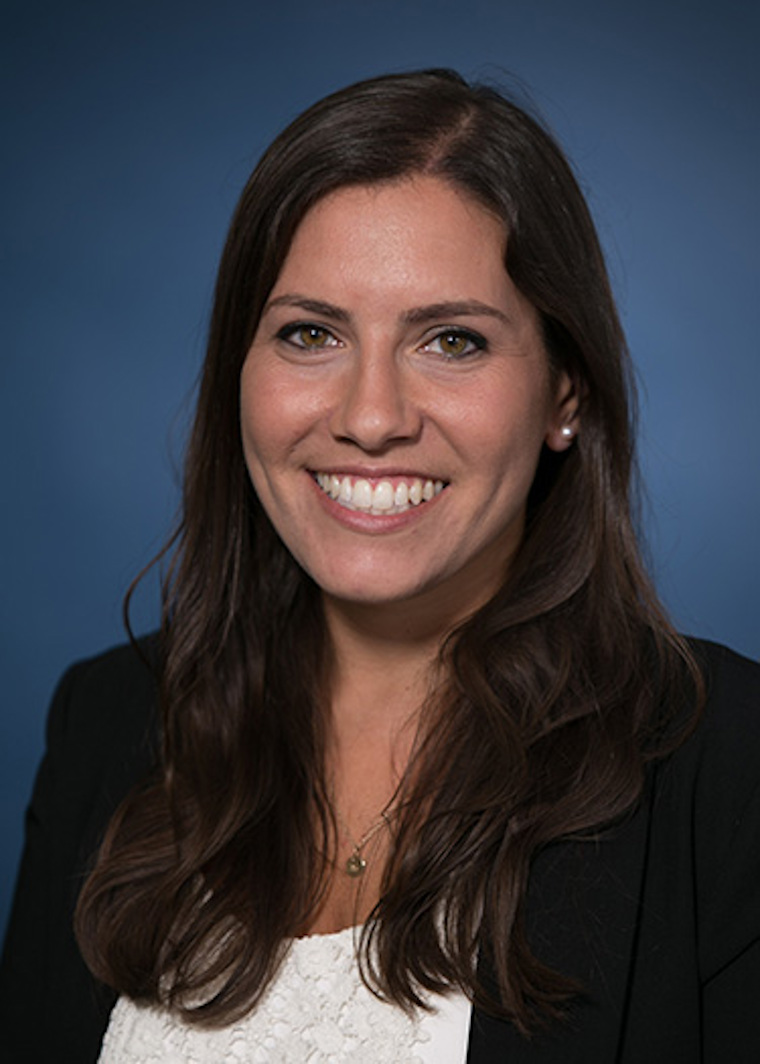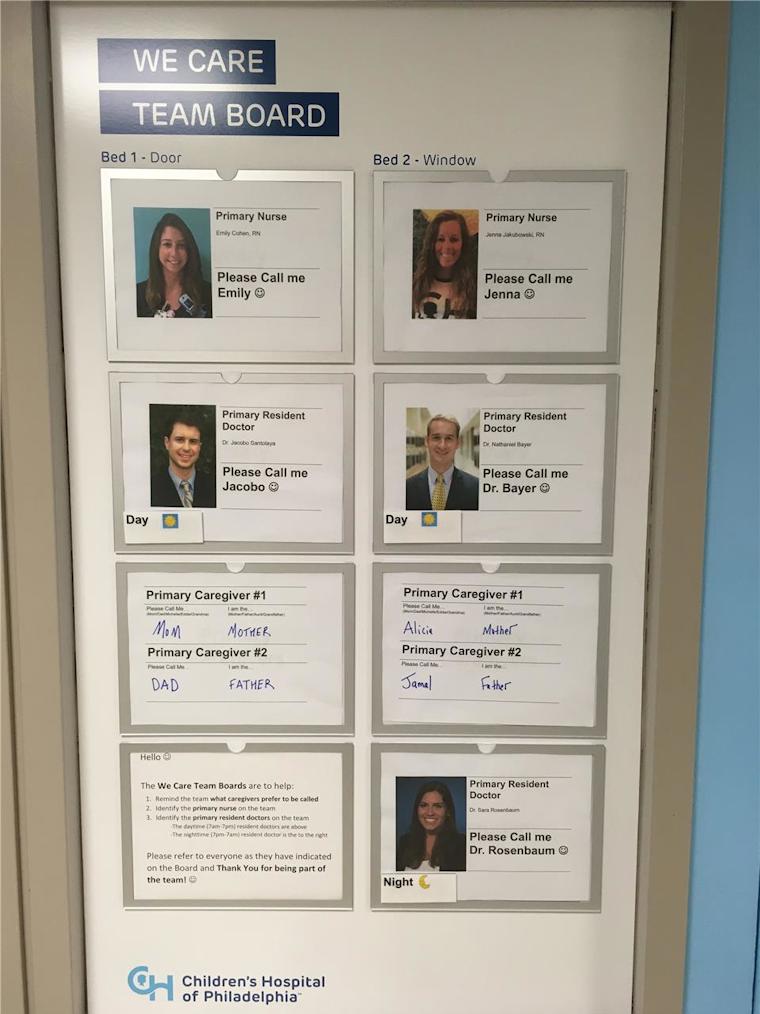Guest blogger Sara Rosenbaum, MD is a second-year resident (PL-2) at Children’s Hospital of Philadelphia (CHOP). Her co-project leads are Jacobo Santolaya, MD, a third-year resident at CHOP, and Nathaniel Bayer, MD, a pediatric hospitalist at the University of Rochester Medical Center.
If you look into many recent publications and hot topic discussions about residency and graduate medical education, one pervasive theme in many of the newest articles centers on work hours, burnout, and resident wellness. Many factors contribute to high burnout rates, but in discussion with my colleagues, a growing de-personalization in medicine has come to the forefront as a key contributor. In asking the majority of my co-residents why they pursued a career in medicine, the number one answer, and the reason I decided on medical school over another graduate degree, is for the physician-patient relationship. We all held this ideal that in forming that unique bond, we could help someone in his or her time of deepest need, and make a true and lasting impact on his or her life, and maybe even extend that impact to resonate for an entire family. How is that type of relationship remotely possible when a family sees a constant and revolving rotation of new faces entering the patient’s room? Should I feel justified if I resent a parent for pausing their phone call as I walk into the room whispering, “Hold on, the nurse just came in,” or, “One second, we’ve been waiting for the dietitian. I think they’re here”? Many of us have overheard a discussion the moment we leave our patient’s room along the lines of, “I don’t know what is going on here, we haven’t seen a doctor all day.” This confusion regarding the roles of a patient care team has fostered growing frustration among both patients and residents, and has become a large barrier in forging the patient-physician relationship that sparked the initial passion I felt when dreaming about my career in medicine.
Our team at CHOP was fortunate to be among those granted the opportunity to work on mending that relationship through the ACGME’s Back to Beside initiative, which is designed to empower residents to generate innovative strategies to allow them to engage on a deeper level with what is at the heart of medicine: their patients. With the ACGME’s support, we created a system on one of our general pediatrics wards that includes a family orientation and a care team board for each patient room, with the preferred name and picture of every member of the care team.
For the majority of families, the idea of a large care team of nurses, social workers, OT, PT, residents, and attending physicians can be overwhelming. Just as someone who enters a new country can’t be expected to immediately understand cultural nuances, we cannot expect families to be thrown into a patient room during a time of stress and understand the foreign culture of the hospital. So we initiated an orientation, led by a care team assistant program, to explain the structure of the team, family-centered rounds, and the general workflow of the hospital. Parents were asked what name they prefer to be called (e.g., Jane, Mrs. Smith, Mom, Grandma, etc.) to jump the first hurdle of de-personalization in the physician-patient relationship. Likewise, listed on a care team board outside each patient’s room, are the faces and roles of each care team member and his/her preferred name. An act as simple as the acknowledgement of a person’s name goes a long way toward humanizing an interaction and laying the groundwork for mutual trust and understanding.
Since the project was initiated, surveys have shown not only improvements in families’ hospital experience, but also a positive influence on the residents’ experience. Talking to co-residents who have completed a month on the unit, I’ve found there is a general consensus that this effort has been extremely helpful. One resident felt, especially as the resident on duty overnight, who may already be feeling a bit isolated from the team having, and not having been present on rounds, so many families have no reason to recognize you as part of the medical team, making the care team boards invaluable. When called to the bedside at night, patients quickly come to understand your role and are appreciative of your presence when they need a physician. Some parents have shared that the care team boards have helped them feel a greater sense of ownership over the child’s care, as they can more easily understand who is walking in and out of the room and who to go to with certain questions. Other residents have said that, even on days when they’re so busy running in and out of patient rooms that they cannot spend much time at the bedside, they can think of at least one patient or parent interaction that helped them feel more like a doctor and a human, rather than a robot resident whose only purpose is to complete tasks.
I know when I get home from work at the end of a long day or a busy 28-hour call, it is almost never the new disease pathology I learned or interesting case I saw that makes me smile instead of groan as I collapse onto my couch. It’s the five-year old girl who told me, “I think my breathing got better today,” or the dad who said, “Hey doc, did you see how much better she looks today?” These are the moments that continue to make me grateful I chose to go into medicine instead of contemplating why I chose a career that forces me to miss my best friend’s birthday party.
Through this experience with the Back to Bedside program, we may not have proposed a solution to revolutionize the current state of medicine, but we have confirmed that the simple intervention of adding faces and names to help humanize the hospital experience goes a long way. I am hopeful that small changes like this can help move us back toward the ideals that led us physicians into medicine in the first place and forge a stronger physician-patient relationship than ever before.




